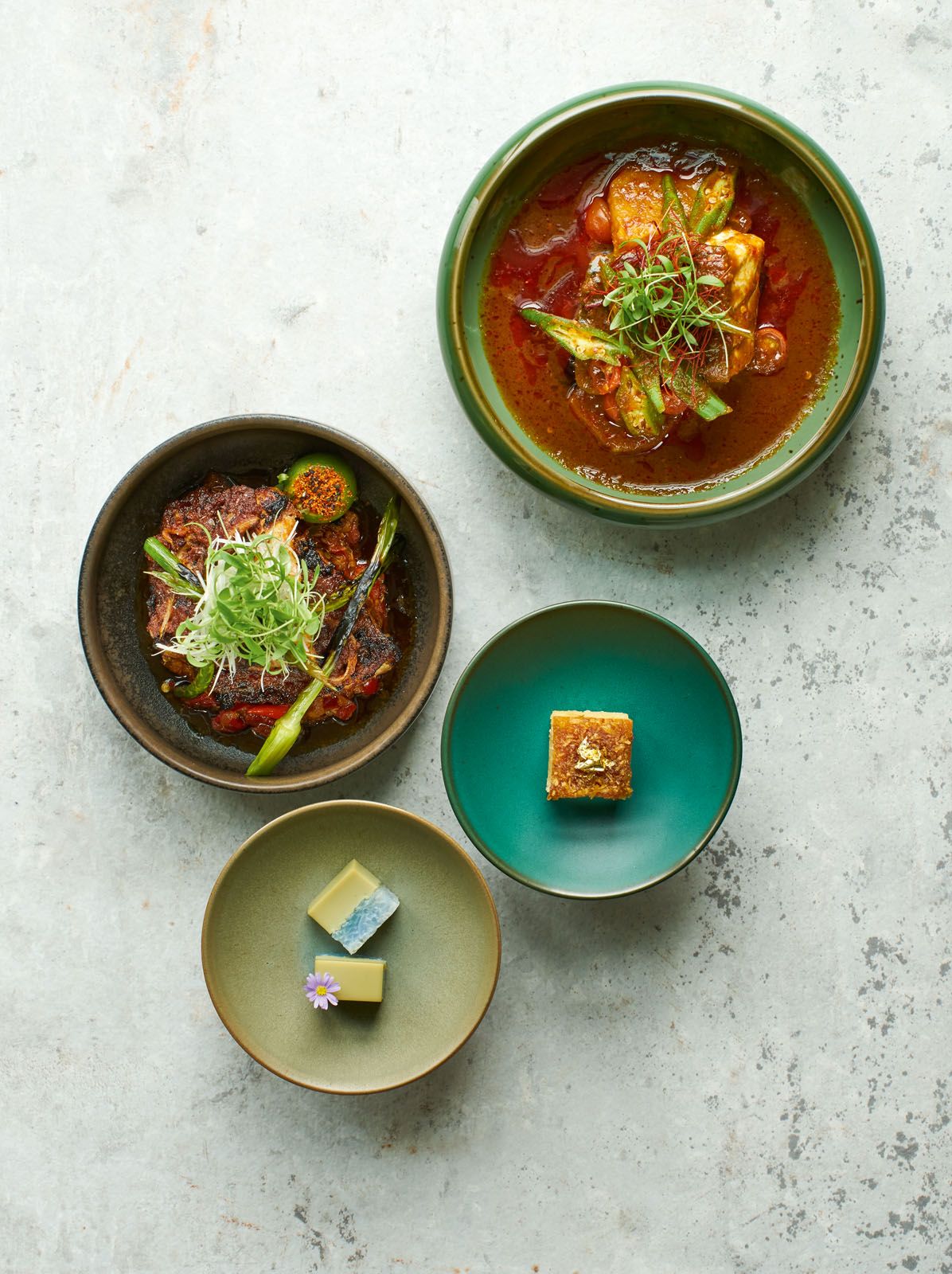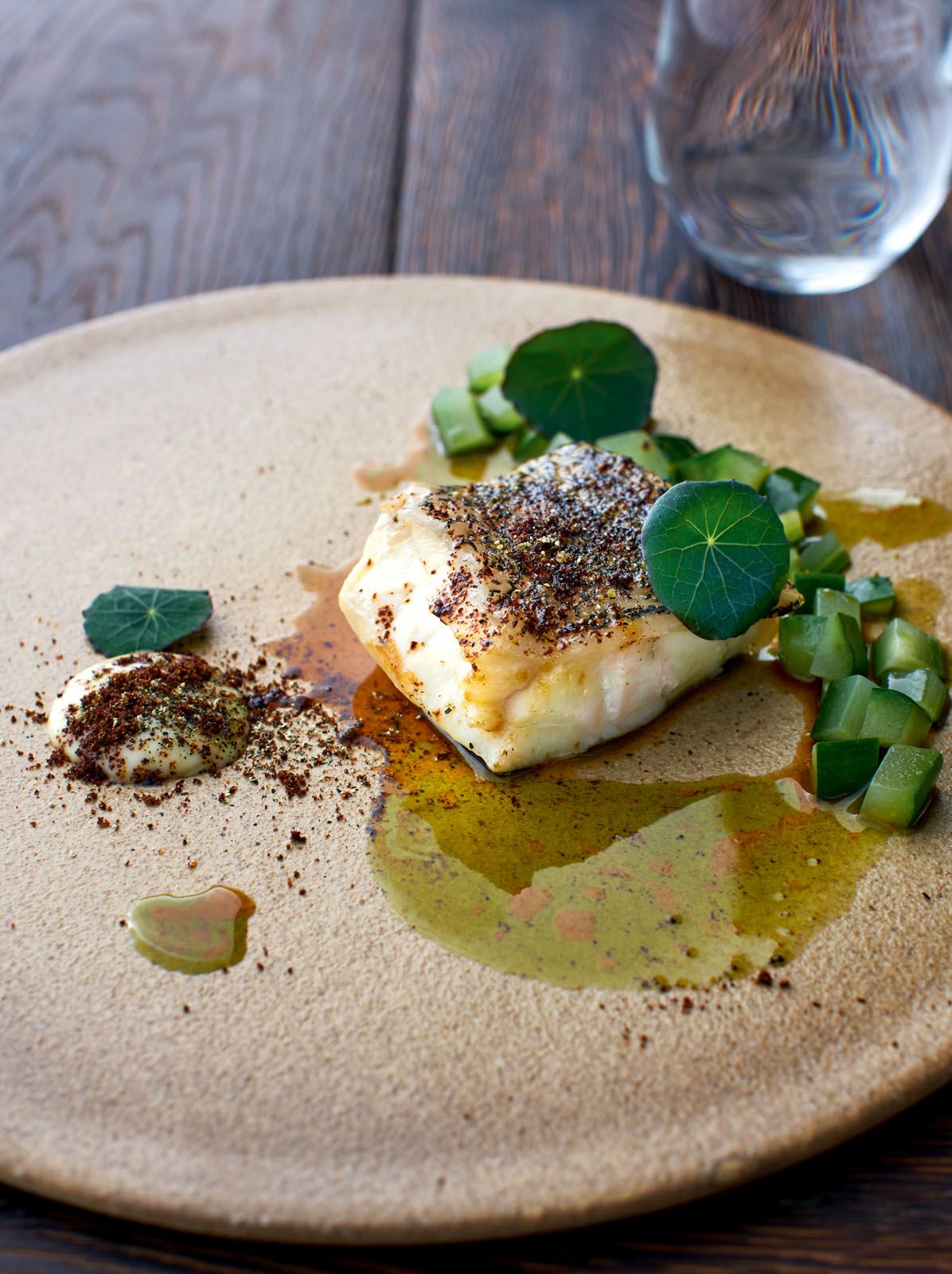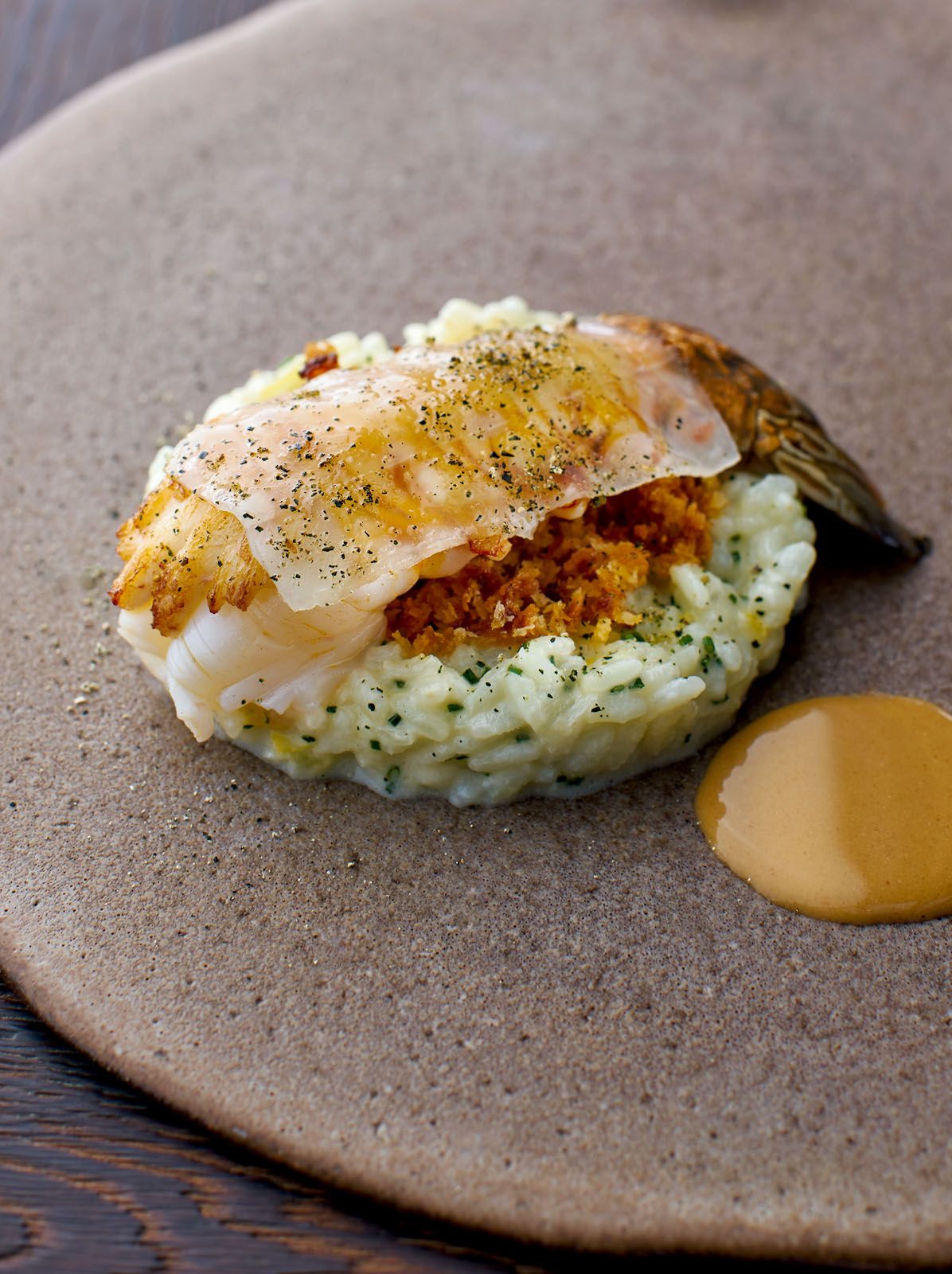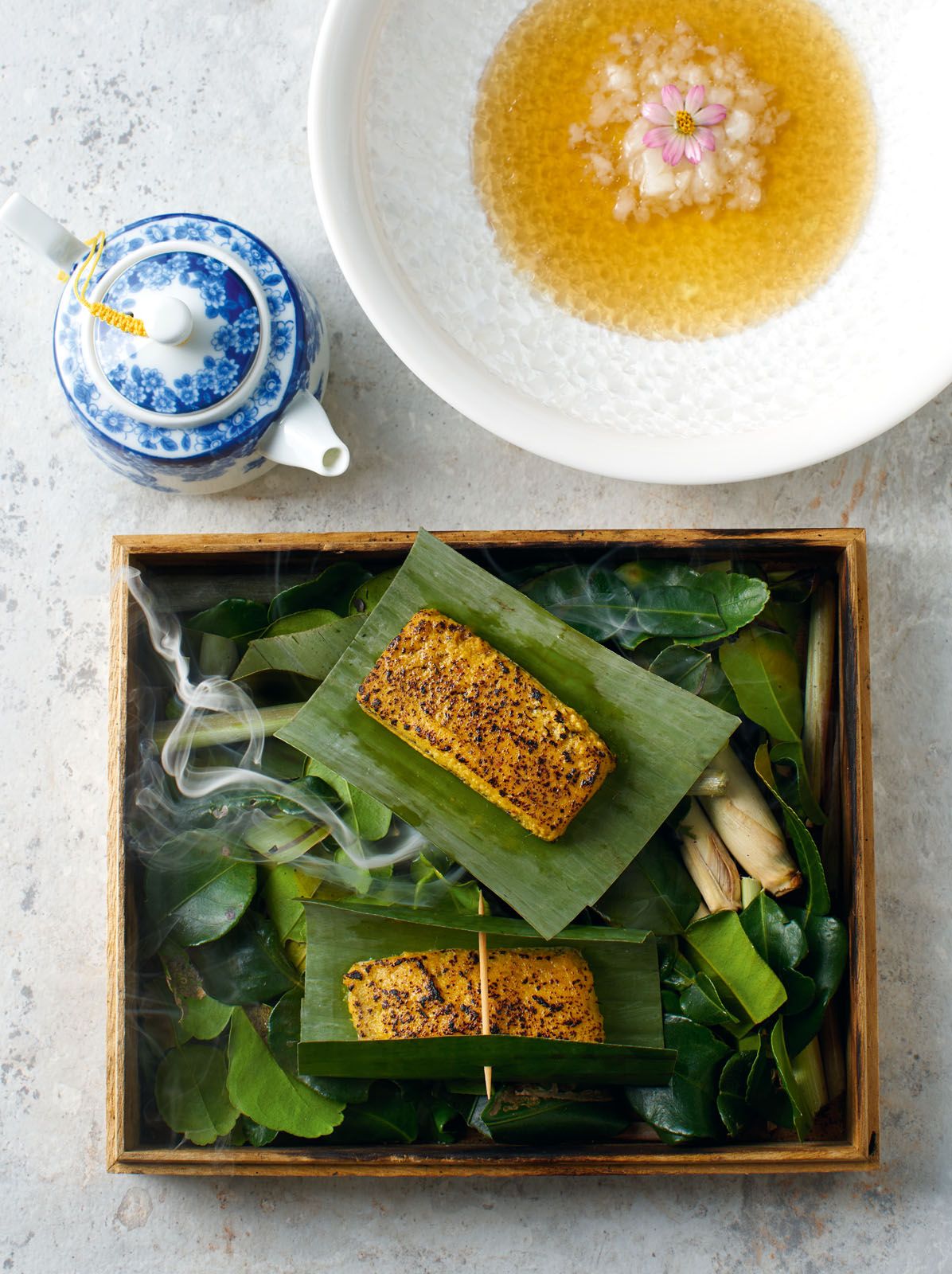When only the best of locally sourced proteins will do
Sustainable consumption continues to be the catchphrase of the day. However, while more professional kitchens are striving to make it more of a reality—by minimising waste and using locally grown herbs and greens—the leap required for consumers to be able to appreciate sourced-in-Singapore meats and fish on the same level as their foreign counterparts seems too great for some, say the island’s top chefs.
It’s one the most common misconceptions about local products, shares chef-owner Drew Nocente of Salted & Hung. “We can get fish, chicken, duck and some seafood locally and they’re all great—even the frog and crocodile farms have great stuff,” he asserts, but admits that it takes time and effort to get the word out, and for chefs to come up with new and better ways to showcase less-familiar proteins.
One of Nocente’s favourite local sources is Ah Hua Kelong, from which he has been getting his seafood the last three years, since the restaurant’s opening. “The grouper has become one of our signature dishes,” he says. “The fish is usually just caught in the morning and delivered to the restaurant by noon, so it’s super-fresh and without any fishy smell or taste. When poached, it has a firm but tender texture, with a full-bodied flavour.”

The quality of the fish allows Nocente to keep the dish relatively simple—completed with lemon-compressed cucumber for acidity, a smoky charcoal emulsion, crumbs made with the bones of the fish and fish-soy-fermented prawn butter. “We use the fish bones to make a broth, which is used to poach the fish, and infuse the remaining bones with soy for 30 days to make a fish-based soy for the finishing sauce,” he explains. “The bones are then roasted and blitzed into a crumb that’s served with the dish, giving it an intense umami flavour as well as added texture.” This is also in line with the restaurant’s commitment to reducing its carbon footprint and waste, he emphasises.
Another boldly confident proponent of sourcing locally is chef Han Liguang of Michelin-starred modern-Singaporean restaurant Labyrinth; its menu utilises 80 per cent local produce—meats and seafood, as well as vegetables and artisanal products.
Han, too, has a close working relationship with Ah Hua Kelong, which he explains also helps procure wild flower crabs, among other seafood such as wild-caught shrimp and crayfish, from the local fishermen at the Jurong Fishery Port when their boats come in at around two every morning. He’s particularly proud of the quality of green lip mussels that “grow naturally at Ah Hua Kelong”, describing them as sweet and juicy, and as good as the best mussels he’s had dining abroad. “The silver perch grown by Nippon Koi Farm is also amazing, and has a very delicate texture and natural sweetness from the natural feed it is fed,” he adds.




